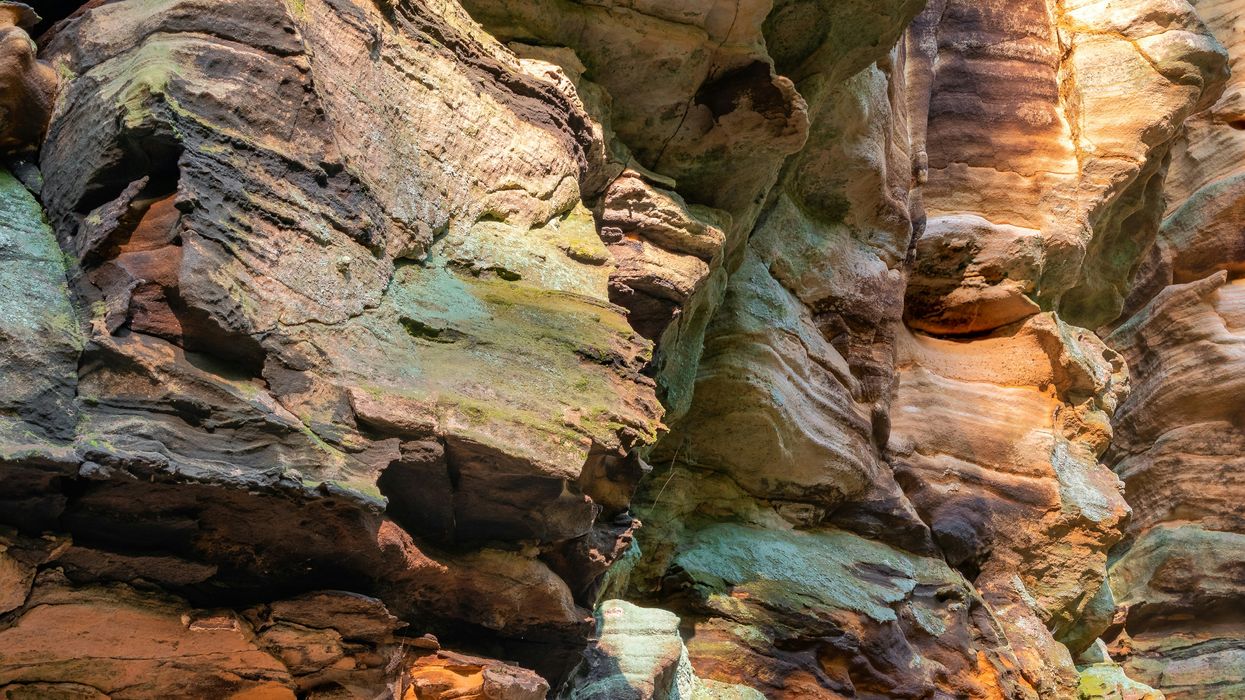Catherine Shuttleworth
Feb 04, 2024

Origins of rocks that built the first continents discovered
Photo by Dave Hoefler on Unsplash
A new study suggests that three types of coarse-grained rocks could be attributed to the first continents emerging about 3.5 billion years ago.
Once the oceans cooled and developed on Earth, that was almost all that was there. The land was restricted to small volcanic islands which have since eroded away.
We do know that parts of early continents have survived in Western Australia, Northern Canada, and Greenland. These pieces gradually expanded to the continents we know now. While other continents formed millions or billions of years later.
However, geologists have been perplexed by how the first crust was formed, particularly in regards to whether plate tectonics were involved. Due to the first crust forming billions of years ago, this means it's hard to identify individual nature.
But Dr Matthijs Smit and colleagues at the University of British Columbia claim to have done this.
"We tracked a specific set of trace elements that aren't affected by alteration and pristinely preserve signatures from the original magma,” Smit said in a statement. The ratios of these elements are considered crucial to understand how these continents emerged.
Collectively known as TTG, the original crust was composed of three types of rock; tonalite, trondhjemite, and granodiorite. Smit and colleagues analyzed materials collected worldwide to find commonalities, rather than previous studies that have looked at samples from only one or a few locations.
“These elements allowed us to look back through the chemical changes that TTG magmas go through and trace the melt compositions back to their initial state and source,” Smit added.
The authors of the study published in the journal Nature Communications have proposed a process that would help explain the formation of the older segments of continents, which have become their backbones.
“All these rocks – and especially their combination – can be explained by the model we present," Smit claimed. “Ours is a simple model in which TTGs, as well as the younger rocks that TTGs are typically associated with, resulted from the slow burial, thickening and melting of precursor crust that likely resembled oceanic plateaus. The continental crust was destined to develop the way it did because it kept getting buried further and the rocks at its base had no choice but to melt. In doing so, they made the TTGs that proved a winning recipe for continental survival and growth.”
Temperatures probably exceeded 1,600° C (2,900° F) under all the material.
If the model withstands scrutiny, it has the potential to address a longstanding issue for geologists. Previous models have proposed that TTGs were formed after plate tectonics began, in the first subduction zones.
However, there is uncertainty on the timing of plate tectonic's origins, and some suspicions imply that it's younger than the first continents, resulting in an evident problem.
“There’s always been a ‘chicken-and-egg’ question of which came first – the start of plate tectonics of TTG magmatism to make new continental crust,” Smit said.
“We show that these things may actually not be directly related. The recognition of the type of source rock makes this leap possible and also takes away the need to have other mechanisms, such as meteorite impact, explain the growth of the first real continents.”
While now, TTG only makes up a minority of the Earth, but parts of it are still a big part of North America in particular.
Smit pointed out the humour that "many people have varieties of this type of rock as a kitchen countertop."
“In a way, many people are preparing their dinner on the type of rock that was responsible for making our modern continents.”
Sign upto our free Indy100 weekly newsletter
Have your say in our news democracy. Click the upvote icon at the top of the page to help raise this article through the indy100 rankings.
How to join the indy100's free WhatsApp channel
Top 100
The Conversation (0)













